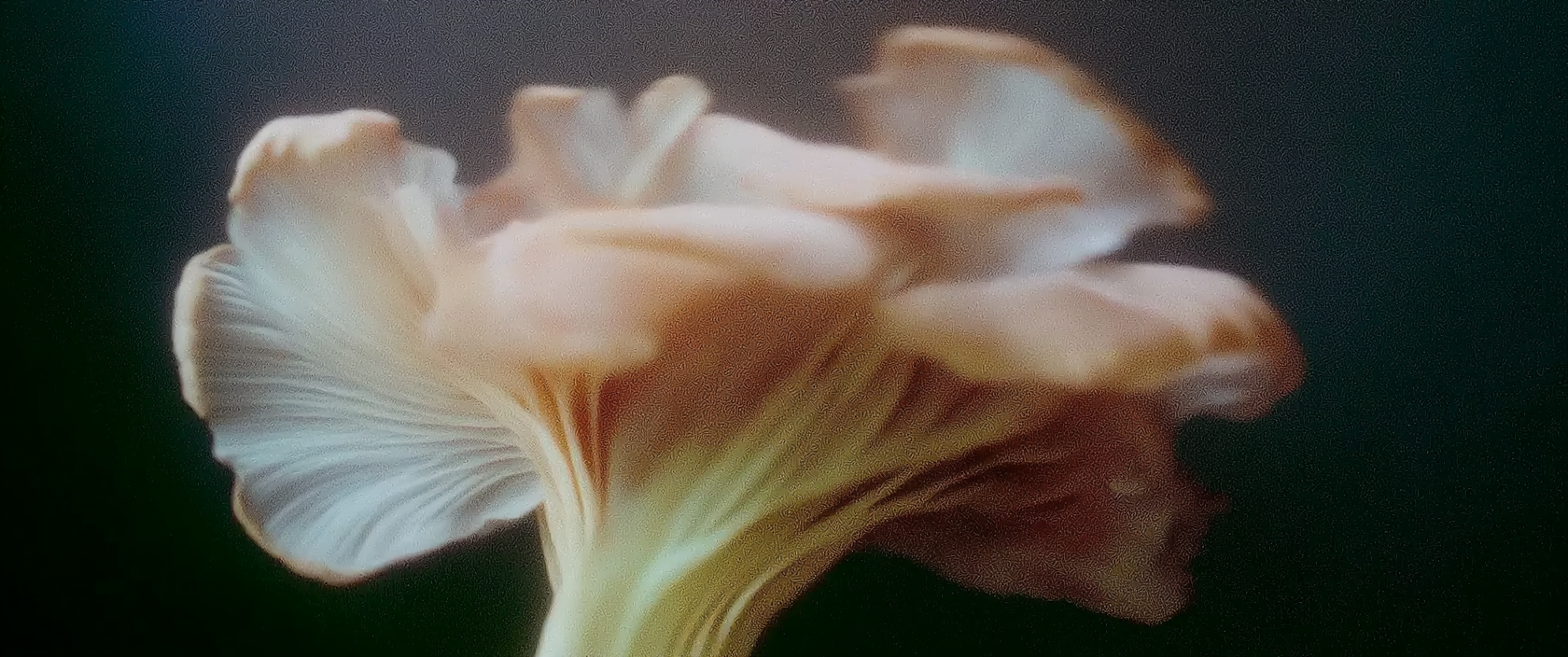Midjourney Video ~ Why care?
Natural light skylight lights the petals with diffuse cuculoris filtered light exposing the veins of the petals through subsurface scattering + Stacked macro photography of a ghostly hybrid mushroom-vegetable
I've talked about Midjourney a few times on this blog over the past couple of years. Honestly, I'm generally a fan, though sometimes it feels like a bit of a creative casino—fun but unpredictable. If I had to describe Midjourney to someone new, I'd say it's like buying a sketchbook but finding out the brushes inside have been dipped in paint by countless others. It might sound weird, but that's pretty much how it felt to me until recently.
One thing that's been bugging me lately is Midjourney’s updated user agreements. Basically, if they lose their current lawsuit with Disney over intellectual property (IP) issues, users could end up being on the hook for IP violations. That’s concerning, especially since a lot of generated content probably overlaps with existing IP (though that's just my speculation—I don't have access to their training data).
Despite these concerns, this year I've decided to get more strategic about Midjourney. I realized that to stand out in the gen-AI scene, I needed to lean into my strengths: lighting, visual effects, and photography. Speaking of photography—I’ve been deeply involved with film photography for about five years now. (If you're curious, here's my photography site: joseph-omar.format.com).
So, I had this idea to use my film photography archive to train Midjourney in my style of subdued film photography. This custom data set is only accessible through my account, not publicly shared, and it really helped me carve out a unique space creatively.
I've played around with Midjourney since its launch about three years ago, casually and without sharing much beyond this blog. But fast-forward to now—June 2025—and things have gotten a lot more interesting. After building an archive of photorealistic art based on my own photos, Midjourney dropped a new video feature. It's as easy as hitting a button labeled "fast" or "slow" video and crafting prompts. Sure, I'd love more detailed controls, but honestly, the prompts give you enough room to play.
The biggest game-changer, though, came two days ago. I found out Midjourney's video feature uses color science from high-end cinema cameras—like the ARRI ALEXA—which are way beyond my budget. This discovery was thanks to an eye-opening article on PetaPixel (check it out here). By adding filenames from these pro cameras into my Midjourney prompts, the results instantly improved.
So if you’re using Midjourney, definitely try this out—just slap a professional camera's filename at the start of your prompt and watch how much better your visuals become.
Of course, I didn’t stop there I’ve also collected as all film photographers do a large archive of b-roll mistakes. These mistakes combined with the Arri color science and film portrait photography have sort of become its own thing. If Its like a soft Arri Alexa camera. Soon I will detail how this works but it mostly involves compositing a still with different elements then as the video progresses changing out the elements like carving a sculpture from a giant rock. I’m adapting this for Comfyui so I will so that workflow as well. #midjourneyvideo #midjourney #comfyui #midjourneyArriAlexaHack #mamiyafilmmidjourney #aivideo
